“Global Digital Twin Market to reach a market value of USD 195.4 Billion by 2030 growing at a CAGR of 41.3%”
The Global Digital Twin Market size is expected to reach $195.4 billion by 2030, rising at a market growth of 41.3% CAGR during the forecast period.
The utilization of digital twins permits the development of virtual representations of organs, biological processes, and patients, thereby empowering medical practitioners to customize interventions for each patient. Thus, the Healthcare & Lifesciences segment acquired $1,193.4 million in 2022. This individualized approach to medicine has the potential to improve patient outcomes and care quality.
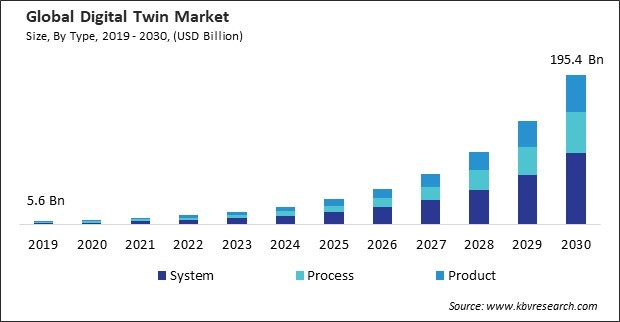
The major strategies followed by the market participants are Partnerships as the key developmental strategy to keep pace with the changing demands of end users. For instance, In October 2023, Computer Modelling Group Ltd. partnered with global technology leader ABB to integrate CMG’s subsurface simulation technology into ABB’s digital twin platform for commercial carbon capture and storage (CCS) operations. Additionally, In October, SAP SE partnered with Accenture, an Irish technology company, to integrate generative AI into organizations' core business processes, leveraging SAP technology like SAP S/4HANA Cloud.
Based on the Analysis presented in the KBV Cardinal matrix; Microsoft Corporation is the forerunner in the Digital Twin Market. In December 2020, Microsoft collaborated with Johnson Controls to digitally transform the way buildings and spaces are conceived, built and managed. Microsoft’s Azure Digital Twins is one of the latest Azure platform services combined with Johnson Controls. Companies such as Siemens AG, General Electric Company and IBM Corporation are some of the key innovators in Digital Twin Market.
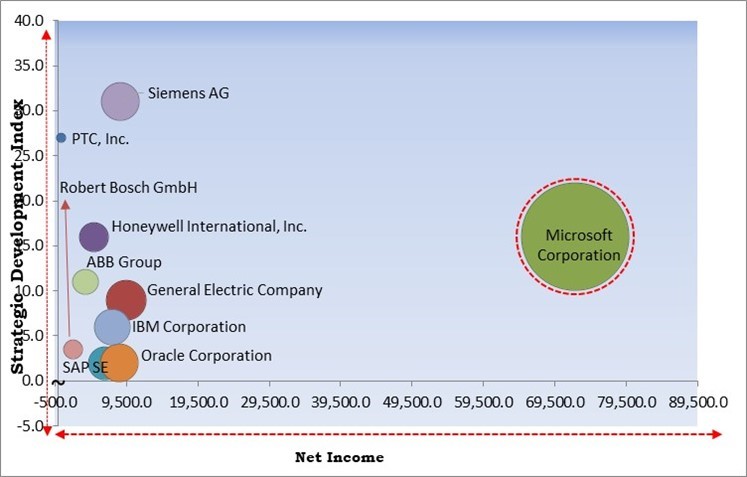
There is a growing demand for digital twins to replicate and optimize the performance of increasingly complex products and systems. The modern world is witnessing a rapid technological evolution, leading to the development of increasingly intricate products and systems. Thus, the increasing complexity of products and systems necessitates using digital twins to simulate and optimize their performance.
Additionally, the demand for predictive maintenance is growing across manufacturing, energy, and transportation industries, driving the adoption of digital twins. Predictive maintenance is crucial for organizations looking to maximize the uptime of their assets while minimizing maintenance costs. This proactive approach to maintenance helps organizations avoid costly downtime and unplanned outages, leading to significant cost savings and improved operational efficiency.
The implementation of digital twin technology involves a substantial upfront investment in various components such as hardware, software, and infrastructure. Many organizations may find this initial expense to be a substantial impediment to adoption, particularly smaller ones that operate under budgetary constraints. Thus, due to the high cost of these technologies, market expansion may be impeded.
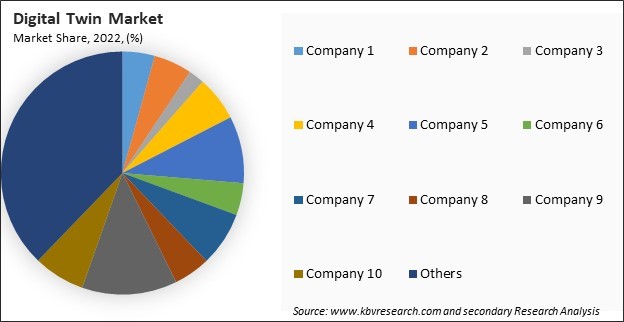
The leading players in the market are competing with diverse innovative offerings to remain competitive in the market. The above illustration shows the percentage of revenue shared by some of the leading companies in the market. The leading players of the market are adopting various strategies in order to cater demand coming from the different industries. The key developmental strategies in the market are Partnerships, Collaborations & Agreements.
Based on type, the market is characterized by system, process, and product. The system segment garnered 50% revenue share in the market in 2022. Digital twin systems are characterized by their ability to collect, store, and analyze real-time data from physical assets or systems. They enable the creation of virtual models that replicate the behavior and characteristics of their physical counterparts.
On the basis of application, the market is classified into predictive maintenance & performance monitoring, business optimization, inventory management, product design & development, and others. The product design & development segment recorded a significant 16.2% revenue share in the market in 2022. Digital twins enable designers to create virtual prototypes of products, allowing them to test and validate designs before physical prototypes are built.
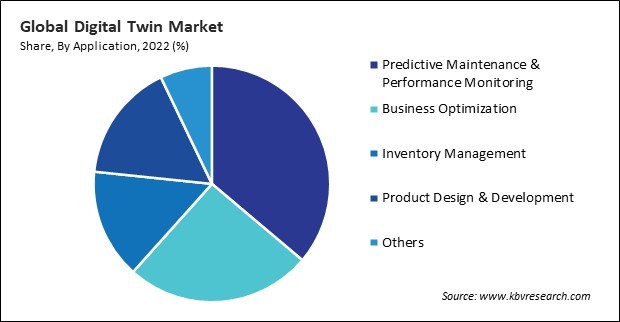
By industry, the market is divided into automotive & transportation, residential & commercial, healthcare & life sciences, manufacturing, energy & power, agriculture, retail & consumer goods, and others. The manufacturing segment procured a substantial 19% revenue share in the market in 2022. Digital twins are integral to the smart factory concept, where machines, products, and systems are connected and communicate with each other.
Free Valuable Insights: Global Digital Twin Market size to reach USD 195.4 Billion by 2030
Region-wise, the market is analyzed across North America, Europe, Asia Pacific, and LAMEA. The North America segment recorded the highest 36.4% revenue share in the market in 2022. North American industries embrace Industry 4.0 principles, emphasizing using digital technologies to enhance manufacturing and industrial processes.
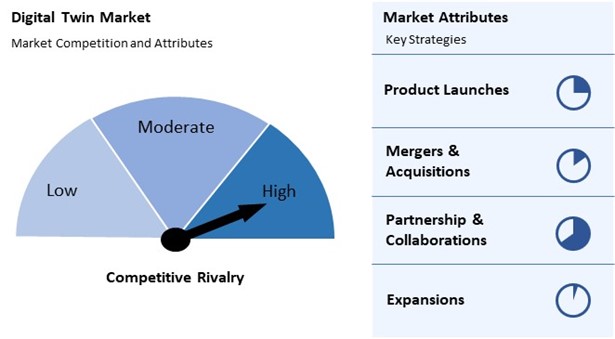
The Digital Twin market is characterized by intense competition among various companies vying for leadership positions. Major players such as Siemens AG, General Electric (GE), IBM Corporation, and PTC Inc. dominate the landscape. These companies offer comprehensive solutions tailored to industries like manufacturing, energy, and healthcare. Additionally, tech giants like Microsoft and Oracle provide robust platforms for building digital twins in the cloud, while Ansys specializes in simulation software for engineering and manufacturing applications.
| Report Attribute | Details |
|---|---|
| Market size value in 2022 | USD 12.7 Billion |
| Market size forecast in 2030 | USD 195.4 Billion |
| Base Year | 2022 |
| Historical Period | 2019 to 2021 |
| Forecast Period | 2023 to 2030 |
| Revenue Growth Rate | CAGR of 41.3% from 2023 to 2030 |
| Number of Pages | 316 |
| Number of Tables | 434 |
| Report coverage | Market Trends, Revenue Estimation and Forecast, Segmentation Analysis, Regional and Country Breakdown, Competitive Landscape, Market Share Analysis, Porter’s 5 Forces Analysis, Company Profiling, Companies Strategic Developments, SWOT Analysis, Winning Imperatives |
| Segments covered | Type, Application, Industry, Region |
| Country scope |
|
| Companies Included | Honeywell International, Inc., SAP SE, PTC, Inc., General Electric Company, IBM Corporation, Oracle Corporation, Siemens AG, Robert Bosch GmbH, Microsoft Corporation, ABB Group |
By Type
By Application
By Industry
By Geography
The Market size is projected to reach USD $195.4 billion by 2030.
Rising integration of Industry 4.0 initiatives are driving the Market in coming years, however, Data privacy and security concerns restraints the growth of the Market.
Honeywell International, Inc., SAP SE, PTC, Inc., General Electric Company, IBM Corporation, Oracle Corporation, Siemens AG, Robert Bosch GmbH, Microsoft Corporation, ABB Group
The expected CAGR of this Market is 41.3% from 2023 to 2030.
The Predictive Maintenance & Performance Monitoring segment is leading the Market by Application in 2022; thereby, achieving a market value of $66.9 billion by 2030.
The North America region dominated the Market by Region in 2022, and would continue to be a dominant market till 2030; thereby, achieving a market value of $67.5 billion by 2030.
Our team of dedicated experts can provide you with attractive expansion opportunities for your business.
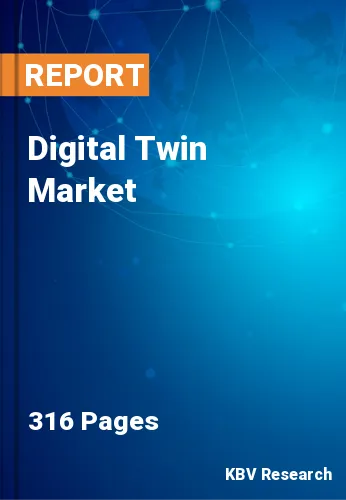
 Drivers
Drivers
 Restraints
Restraints
 Opportunities
Opportunities
 Challenges
Challenges
